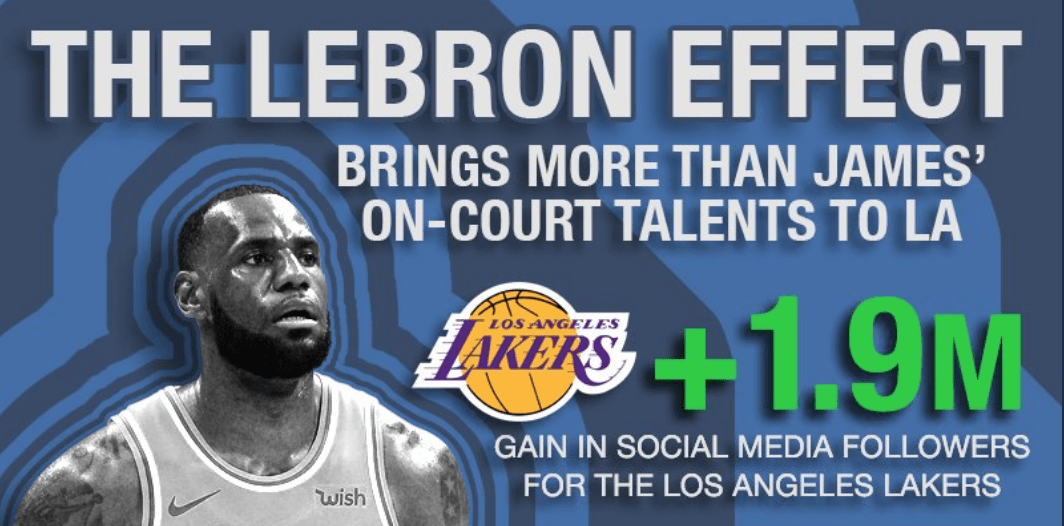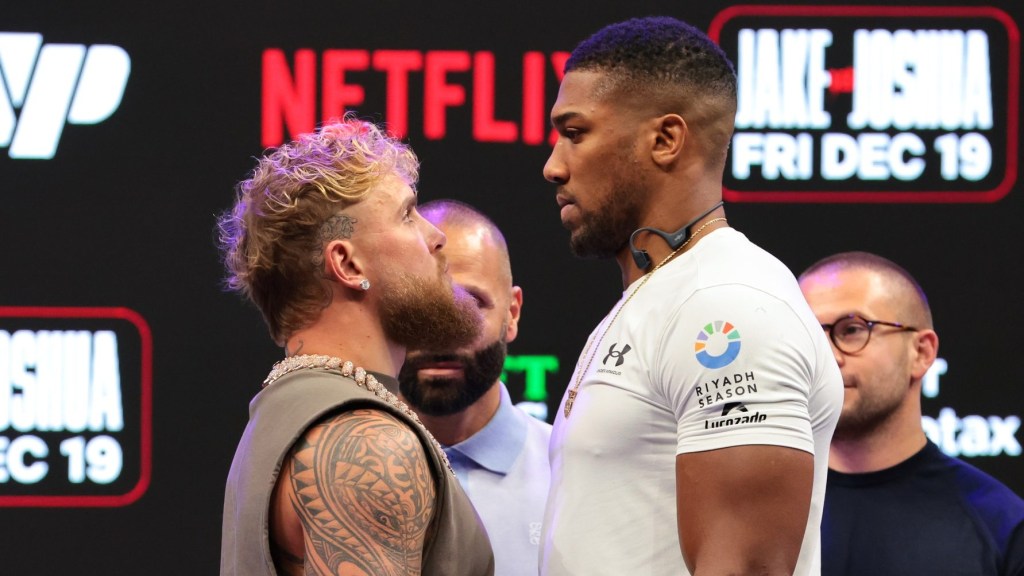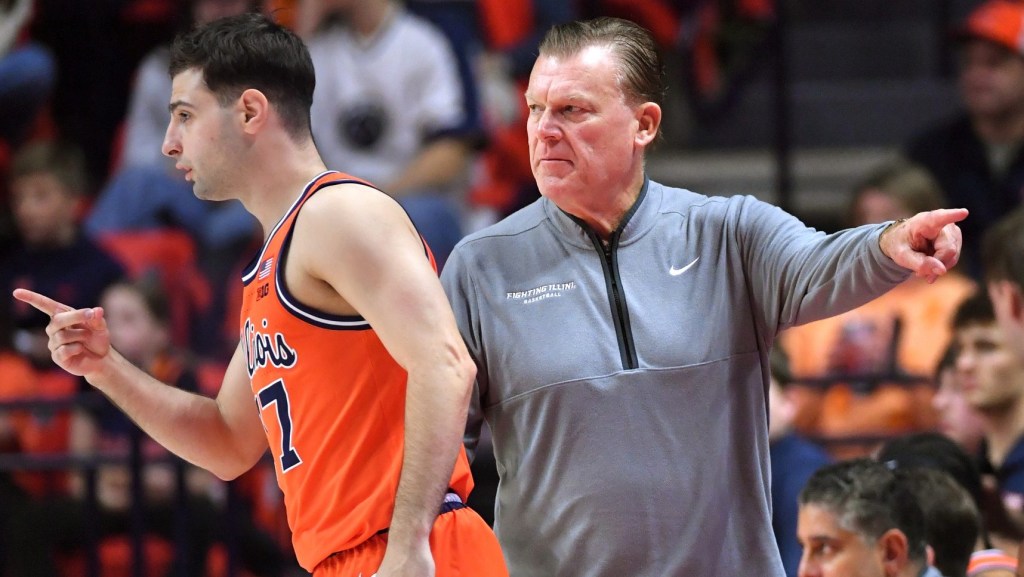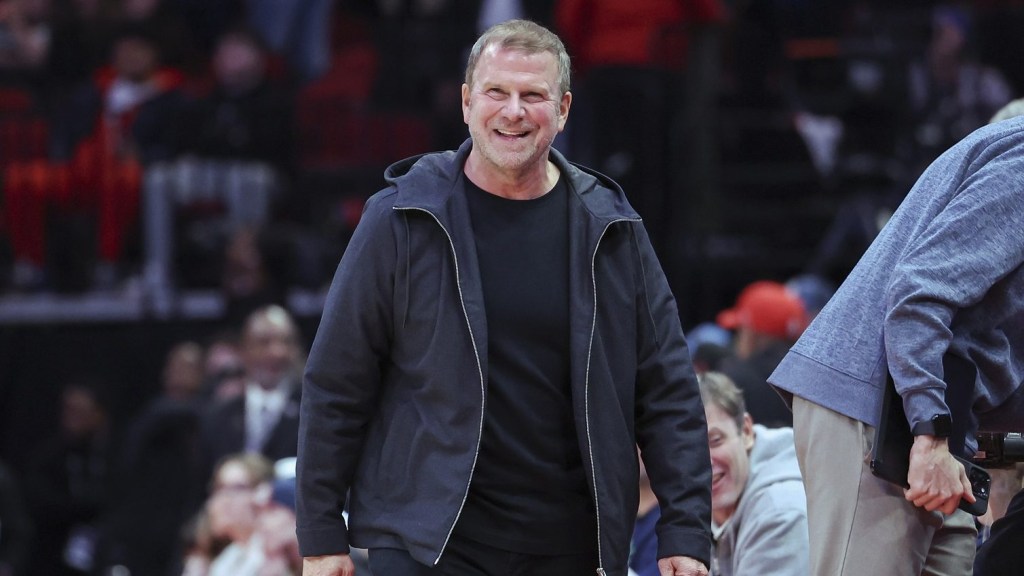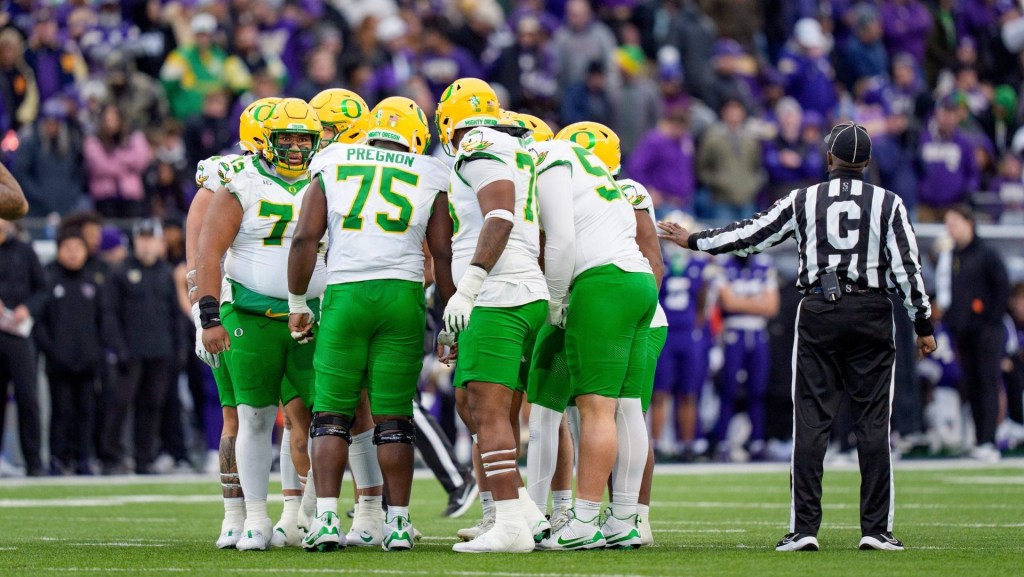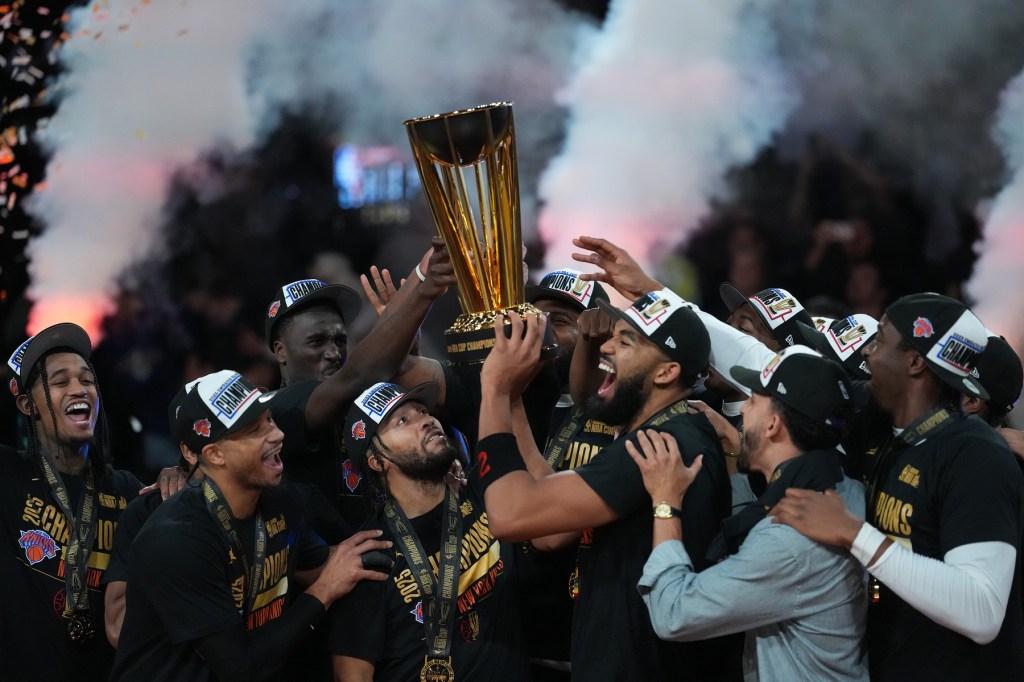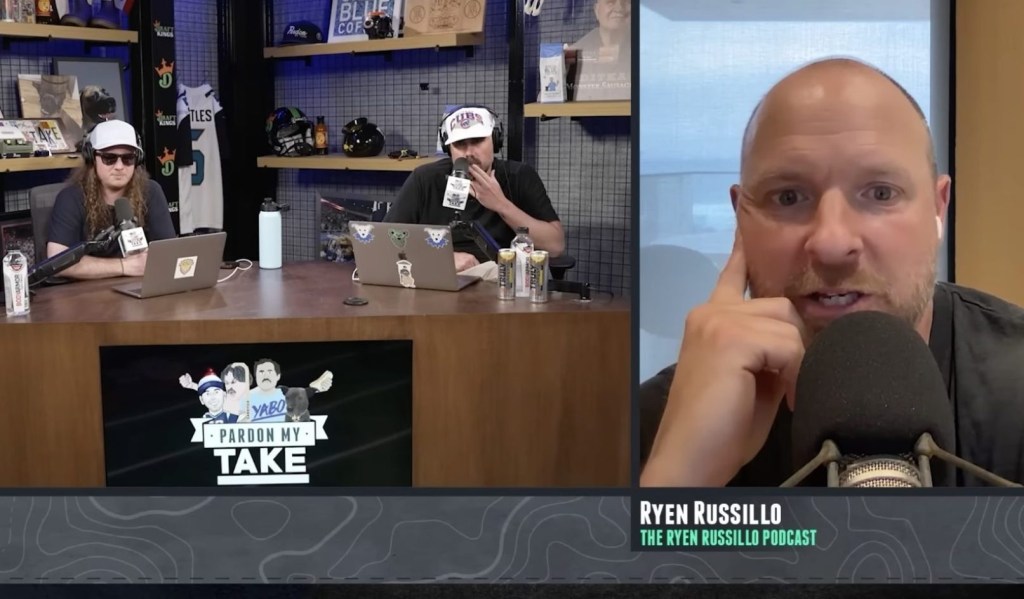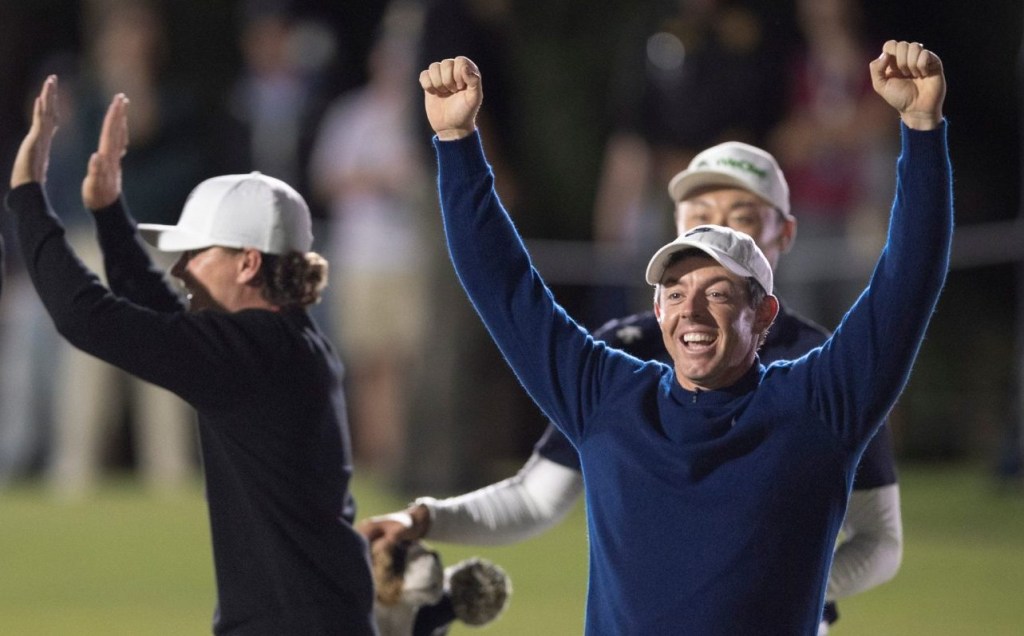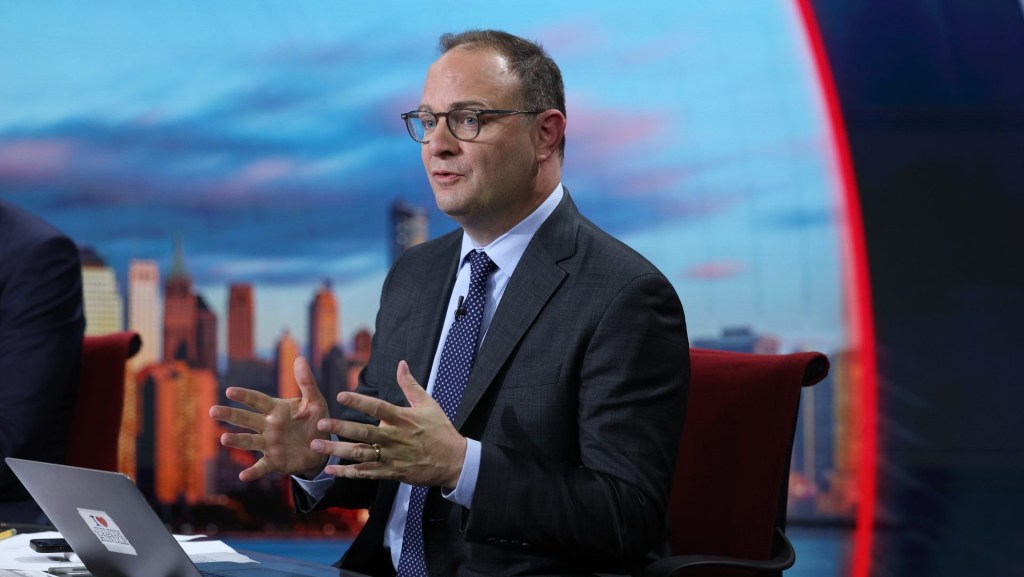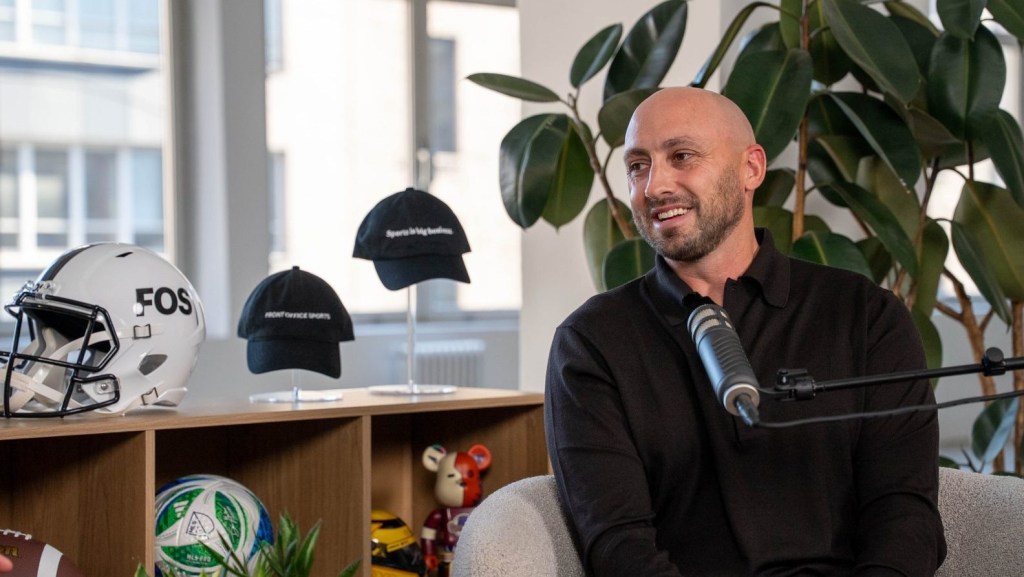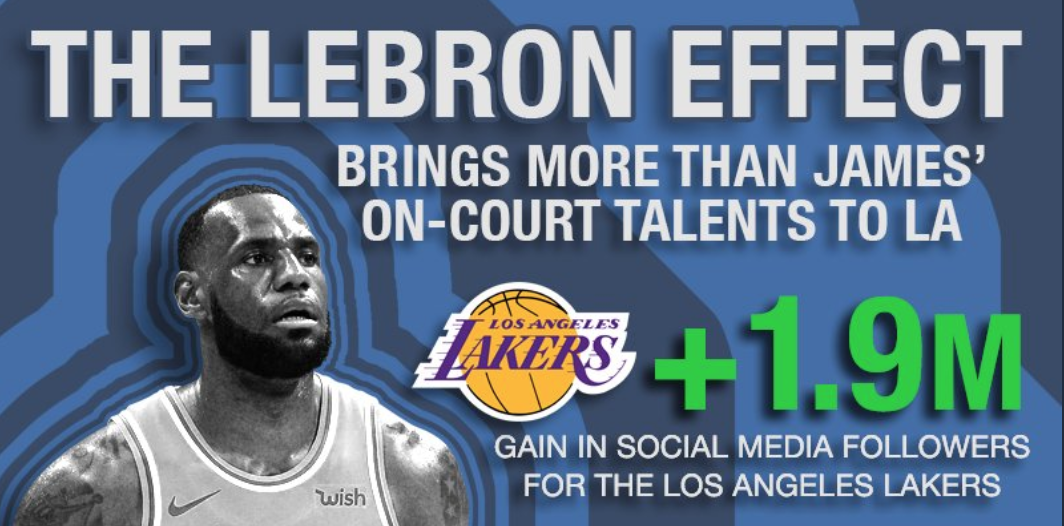
Image via MVPindex
In the modern world of data, nearly anything is measurable, like the tremendous value on social media LeBron James brings to a team.
The social media analytics firm MVPindex tracked social channels following James’ signing with the Los Angeles Lakers, and the results were startling. From June 29 to October 30, the Lakers gained more than 1.9 million followers, while in the same timeframe, the Cleveland Cavaliers lost 233,900 followers across all social accounts.
The real effect James has on the team’s engagements is yet to be seen, but the Cavs were last season’s most engaging team in the NBA on social — a statistic more than likely to change this year. The Lakers were fourth, with nearly 120 million fewer engagements than King James’ former club. When news broke James would sign with the Lakers on July 2, though, the Lakers received an increase of 287,400 followers.
“Even the single-day effect of LeBron’s decision is interesting,” MVPindex co-founder and CMO Kyle Nelson said. “This was their largest single-day follower spike since MVPindex started tracking them in January 2014. The Cavaliers, however, lost 23,700 followers on that same day. LeBron is the top NBA player on social media when ranked by engagement and social value generated in 2018.”
SEE MORE: How the Seattle Storm Social Team Pulled at Community Heartstrings
MVPindex posted those James findings on its Twitter page, and recently also posted similar analytics for the value NFL players and teams generated for Fortnite. There were 474 posts with 363,400 engagements, worth nearly $611,000 in brand value for Fortnite from players and teams.
For context, the Steelers’ JuJu Smith-Schuster alone was worth a $70,600 value for the game.
Tracking social numbers and their values is at the heart of MVPindex’s existence, as the company tracks more than 90,000 entities, including more than 9,000 brands in more than 80 sports.
Former star athletes also maintain a high level of engagement and value. For example, Shaquille O’Neal’s 27 posts about JCPenney in the year prior to October 5 generated more than $1 million in brand value, or $39,000 per post.
While looking at single athletes is insightful, team social channels aren’t driven solely by players.
Recently, the firm looked at several social campaigns by NHL teams from last season. The Chicago Blackhawks designed a series around saves their goalies make, which was sponsored by the plumbing company Roto-Rooter. Last season, the “Between the Pipes” activation ran 10 Instagram posts and four Twitter posts and generated 112,000 engagements, equaling $77,000 in value for the sponsor.
The Stanley Cup champion Washington Capitals generated a $698,000 value for their regular-season postgame score graphics, which were sponsored by Alarm.com.
SEE MORE: Chicago Bulls Strive to Digitally Innovate While Honoring Their Past
MVPindex released a blog detailing those two campaigns and five others — including a Pittsburgh Penguins campaign with Coors; a Ford-sponsored, fan-driven campaign for the Toronto Maple Leafs; and a McDonald’s-backed campaign for the Montreal Canadiens.
“As more and more brands begin to value social media and the audience it attracts over traditional forms of sponsorships, such as signage, social can no longer be seen as something that is simply thrown in as a part of the sponsorship deal,” Nelson said. “Teams need to understand how to leverage their social footprint and engaged audience when pricing out new rate cards and activating with sponsors.”
A ranking of team followers across channels is also regularly updated by MVPindex, and largely dominated by NBA and NFL teams. The New York Yankees are the only non-football or basketball organization in the top 15 of Facebook, Twitter and Instagram rankings.
Football teams also owe some of their value to players — like the New Orleans Saints, for example. The team’s quarterback, Drew Brees, who broke the all-time passing yards record this season, has 1.9 million followers on Facebook — the fourth-most among players in the league, behind J.J. Watt, Russell Wilson and Tom Brady.
Humans also aren’t the only things worth looking at within team rosters. Becoming a transcendent pop-culture figure in October, the Philadelphia Flyers’ new mascot, Gritty, became the most-followed NHL mascot within a week, more than doubling the numbers of his closest competitor, the Los Angeles Kings’ Bailey.
Nelson said a third-party analytics firm like MVPindex, or competitors like Sprout Social and TrackMaven, help measure the team’s social value and understand how to better utilize those tools.
“For any organization on social media, there’s always room for improvement,” he said. “There’s definitely been an emphasis on social media for teams, not just in focusing on high-quality, engaging content for fans, but also understanding how that content can drive value for sponsors, too.”
